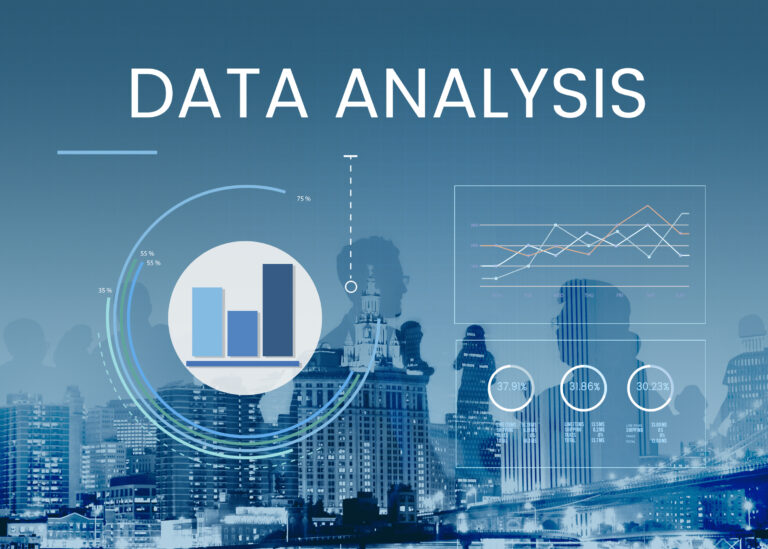Data Analytics in Finance and Data Analytics in Banking are playing critical roles in changing the way financial institutions operate. The power of big data allows banks and financial organizations to improve decision-making, manage risks, and deliver more personalized customer experiences. So, let’s explore how Data Analytics in Finance and Data Analytics in Banking are reshaping the financial landscape.
What is Data Analytics in Finance and Banking?
Data Analytics in Finance refers to the process of collecting, processing, and analyzing financial data to gain valuable insights that drive better decision-making. It includes examining transaction histories, market trends, and risk management metrics.
On the other hand, Data Analytics in Banking focuses on analyzing customer interactions, loan performance, fraud detection, and operational efficiency within banking systems. By leveraging advanced analytics, banks can predict customer behavior, optimize services, and enhance overall financial security.
What is the Importance of Data Analytics in Banking and Finance?
Risk Management: Predicting market risks and credit defaults helps institutions take preventive actions, safeguarding assets and customer trust.
Fraud Detection: Real-time monitoring and analytics help banks detect suspicious activities and minimize financial fraud.
Customer Personalization: Banks can offer personalized services, products, and financial advice, leading to higher customer satisfaction and loyalty.
Operational Efficiency: Streamlining processes based on data-driven insights enhances the productivity and profitability of financial institutions.
Regulatory Compliance: Organizations can automate compliance reporting and stay aligned with ever-evolving regulatory standards.
Types of Data Analytics in Banking and Finance
Various types of Data Analytics in Finance and Data Analytics in Banking are used to solve different challenges:
Descriptive Analytics: Analyzing past financial data to understand trends and performance.
Diagnostic Analytics: Investigating the causes of financial problems or irregularities.
Predictive Analytics: Forecasting future risks, market movements, and customer behaviors.
Prescriptive Analytics: Recommending the best course of action for financial planning or risk mitigation.
Real-time Analytics: Monitoring transactions and market changes as they happen to enable immediate responses.
Each Data analyst type plays a vital role in helping institutions make smarter, faster, and more accurate decisions.
Real- World Examples of Data Analytics
Now let’s look at some real-world examples so that you can understand the context when applied on to situations.
Fraud Prevention: Major banks use predictive modeling to flag unusual activities, such as large cash withdrawals or multiple failed login attempts, minimizing fraud risks.
Credit Scoring: Financial institutions leverage Data Analytics in Finance to develop more accurate credit scoring models, considering additional data like spending behavior and social media activity.
Personalized Banking Offers: Customer transaction histories are analyzed to suggest tailored banking products like loans, credit cards, or investment options.
Risk Management: Investment banks apply machine learning models to predict market volatility, helping traders and portfolio managers make better decisions.
Customer Retention Strategies: By analyzing customer interactions and satisfaction surveys, banks design proactive strategies to reduce customer churn.
Tools and Techniques in Data Analytics
Business Intelligence Tools: Platforms like Tableau, Power BI, and Qlik Sense are used to visualize financial data and uncover insights.
Machine Learning Algorithms: Machine learning models predict customer behavior, fraud risks, and investment opportunities.
Big Data Technologies: Apache Hadoop, Spark, and NoSQL databases manage and process vast volumes of financial data efficiently.
Predictive Analytics Software: Tools like SAS Analytics and IBM SPSS help forecast market trends and risks.
Risk Management Platforms: Specialized systems are designed to monitor compliance, credit risks, and operational risks.
CRM and Customer Analytics Tools: Platforms such as Salesforce and HubSpot integrate with banking systems to enhance customer insights and engagement.
With these technologies, Data Analytics in Finance and Data Analytics in Banking enable smarter strategies, faster decisions, and improved business outcomes.
Conclusion
In conclusion, the rapid growth of Data Analytics in Finance and Data Analytics in Banking is transforming the financial services sector. From detecting fraud and managing risks to enhancing customer experiences and optimizing operations, data analytics is now at the heart of financial innovation.
Financial institutions that embrace Data Analytics in Finance and Data Analytics in Banking will not only stay ahead of regulatory requirements but will also offer better, more personalized services to their customers. As data volumes continue to expand, the ability to harness and analyze this information will become even more crucial for long-term success in the industry.
The right tools, strategies, and talent make the future of finance and banking more data-driven, secure, and customer-centric than ever before.




